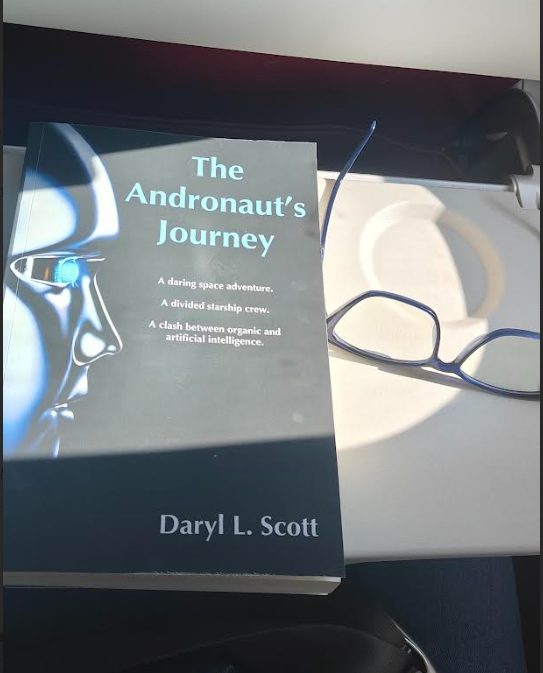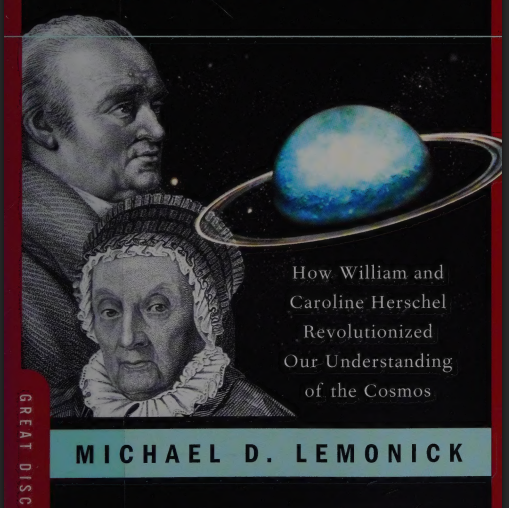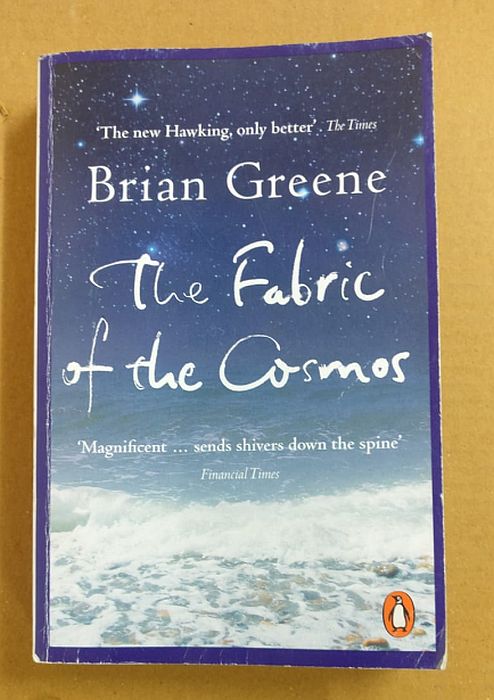
The Fabric of the Cosmos: Space, Time, and the Texture of Reality is the second book of theoretical physicist, mathematician, and string theorist, professor Brian Greene. However, this happens to be my third read from the author, first two were Until the End of Time and The Hidden Reality.
Professor Greene has a knack of presenting the most complex and best description of the fundamental nature of reality in the most simple and comprehensive way.
In his every chapter, he has presented the age-old mathematical findings into simple examples sodden within everyday images and metaphors. And this makes an average reader like me in love with physics behind the fabric of cosmos.
The Fabric of the Cosmos is divided into five following segments:
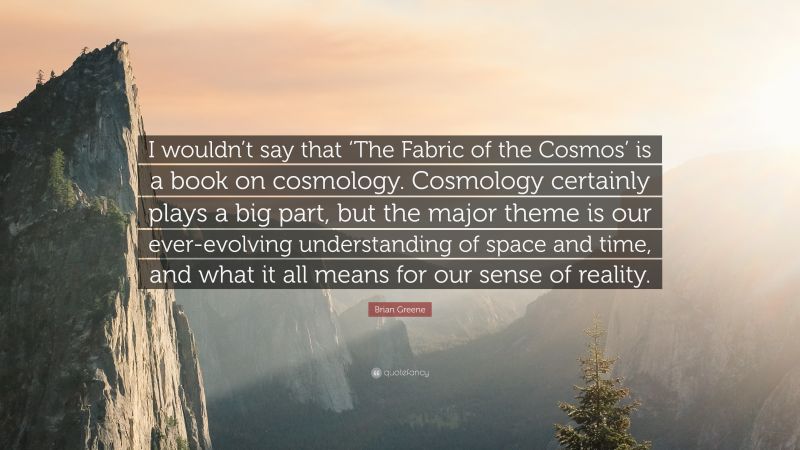
Part I: Reality’s Arena
The first part begins with space and time from the classical physics point of view. For instance, Newton proposed that space was just a box, a passive entity. This idea of space being nothing more than a stage – actors and props were objects that move around in space but never transcend space – hold the ground for about two hundred years until, Einstein’s theory of relativity put a hammer on it.
Newtonian space and time were absolute and physicists have completely no problem with it. The idea was a manifestation of the reality that we as humans could easily digest. After all, we are programmed to think and feel that way. However, Einstein introduced his theory of relativity that gave a completely revolutionary way of looking at the world around us.
Spacetime by Einstein
As per Einstein, space and time adjust itself at the speed of light. We do not experience this everyday because we do not move at the speed of light. Time and space were not longer rigid and absolute rather they go together as motion, forming a single entity called the “Spacetime”.
Revolution of the quantum mechanics
Greene explores the emergence of the quantum mechanical era in 1910s. The quantum world is a place of chaos and jitters. The realm is flooded with incessant activity that it can “force” objects to move.
One of the most fundamental feature of quantum theory states that any result can never be achieved or predicted with utmost certainty rather “results” can only give probabilities.
Quantum mechanics as per Einstein was the wrong way of defining nature and thought unified theory would do. In other words, unified theory would make quantum theory unnecessary claimed Einstein.
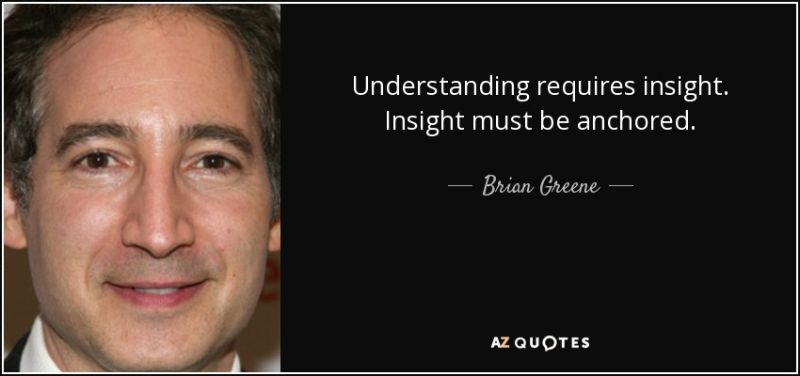
Part II: Time and Experience
Dr Greene addresses the issue by saying that time is a very familiar entity yet it also is the most elusive concept.
We experience time in a linear fashion, also, time varies from person to person. Hence, like space, time is also not an absolute entity but it is relative in nature. Observers moving with respect to each other will have different conceptions of time at a given moment.
The next obvious question is, does time has an arrow? Laws of physics does provide the arrow to move in both the direction, that is, forward and back. However, entropy then takes the role of giving “forward” direction that we see in our reality.
Entropy
Entropy is the number of ways in which system can be rearranged, consistent with the laws of physics. High entropy means there are many ways and low entropy signifies few ways.
There is always a tendency of a physical system to evolve towards state of higher entropy and this is also termed as the second law of thermodynamics.
Entropy provides a precise verse of the easy versus the difficult. And this is what we see as the end result. For instance, smashing of an egg into pieces or a thick book to fall out of order is the end result, one of the entropic states which is “high”, “easy” and “disordered”. It is easy for a system to fall out, that is a thick book to fall out of order because there are so many out of the order arrangement.
For events or things with many options or constitutes, going from lower to higher entropy – from order to disorder – is easy, so it happens all the time.
Likewise, future is the direction where entropy increases. Therefore, at beginning of the universe, more precisely before the big bang, it must be at a state of lowest entropy.
Thus, entropy can only increase under two circumstances:
- if it is given room to increase, and
- if it starts out low.
Decoherence and its relevance towards the macroscopic world
Dr. Greene also touches on an interesting topic of quantum decoherence, that is, is the loss of quantum coherence.
Decoherence occurs when separate branches are lost from each other. And we observe the final result that is in form of the highest probability wavefunction.
Over time the various histories of quantum system separate to represent every possible future as the law of physics allows. The histories merge. But it only works if the alternate branch of histories remains coherent.
The notion of wavefunction or the possibilities collapse aligns with our experience by postulating that the act of measurement or observation induces the wavefunction to relinquish quantum limbo and usher one of the many possibilities (particle here, or particle there) into reality.
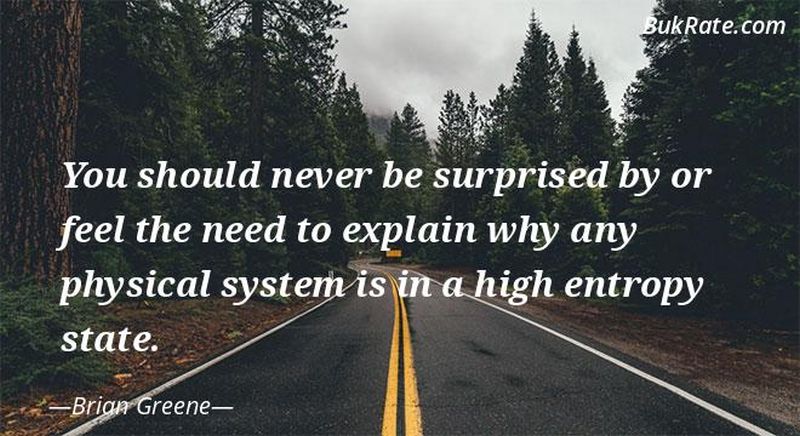
Part III: Spacetime and Cosmology
The third segment discusses the macroscopic realm of the cosmos.
Dr. Greene offers the views of leading scientists that symmetry underlines the laws of universe. Symmetry, here signifies the unchanging attributes. History of universe is the history of symmetry. And time is intimately intertwined with symmetry.
Symmetry
Symmetry is a sense of proportion and balance, and any transformation does not affect the system unchanged. A change that makes no change. Laws of physics are not affected by the translation anywhere in space.
In other words, physics of a system remain unchanged, irrespective of a system which is moved anywhere in space.
Fundamental laws are symmetrical everywhere. It gives meaning to the world where we live. If world is not governed by symmetry we would be living in a world of chaos. Nothing will be predictable or repeatable.
Everything in cosmos rests on the foundation of symmetry, that is:
- shape of space – as per astrophysics there could be three types of shapes:
- Positive curvature
- Negative curvature
- Zero curvature
- underlying framework of general relativity – the equations of general relativity provide mathematical strategy to shape of the universe.
- time
Dr Greene then talks about the progression of universe through temperature variations and its consequent radical changes and how it experienced a drastic reduction in symmetry.
We are living in the condensed phase of universe, which is very different from the earlier epochs.
As universe gets colder, matter and radiation get over sparser, energy in the space gets even lower, yet there never was an empty region. Space has always permeated with a non-zero value, which is known as Higgs Ocean.
Higgs Field
In Dr Greene’s words, Higgs field is cold relic of the Big Bang. It is a field of energy that is permeated throughout universe and which gives mass to the fundamental particles, which cannot be further broken down, like electrons, quarks etc.
While deconstructing the Big Bang, Dr Greene makes inflationary theory the obvious cause. And so, the phenomena of anti-gravity or repulsive gravity comes into picture.
Physicists realised that in just the right environment gravity – force that pulls object towards itself – can also be repulsive. According to the theory, the necessary conditions prevailed during the earliest moments of cosmic history.

Inflationary Theory
According to the inflationary theory, there is a particular kind of fuel that generated an outward rush in space. And this fuel is so efficient that its virtually impossible to use it all up.
Thus, cosmic inflation is due to inflationary expansion or the exponential expansion of the universe during the first few moments.
Inflationary theory solved age old problems like:
- Reason behind the clumpy structure of galaxies.
- Amount of energy required to strewn the universe that we see.
- Origin of time’s arrow.
Big Bang Timeline
Stupendously hot universe experienced frenzy of activity. Eventually, the repulsive gravity that it created, led to the Big Bang.
As universe gets colder, matter and radiation get over sparser. And energy in the region gets even lower.
The cosmic nuclear furnace synthesised hydrogen, helium and traces of lithium.
Later temperature dropped to 10^8 Kelvin, that is nearly, 10,000 times surface temperature of sun. After 370,000 years later universe cooled to 3000 Kelvin, that is, half of sun’s surface temperature.
At this point, space was filled with plasma of particles carrying electric charge – protons and electrons.
When temperature dropped below 3000 Kelvin, rapidly moving electrons were captured by the atomic nuclei and drawn into orbit. This was the key transformation.
The formation of atoms allowed the cosmic fog to clear and luminous echo of the big bang to be released.
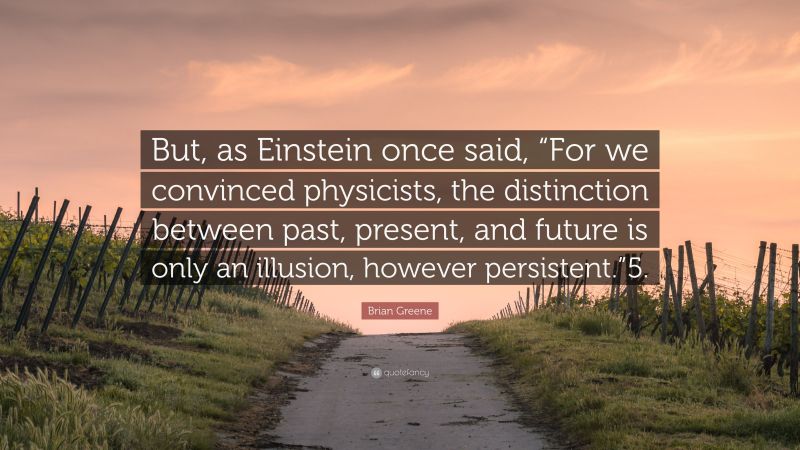
Part IV: Origins and Unification
This section deals with new theoretical aspects of String theory. Aim of this theory, as Dr. Greene points out is to fill the gaps between general relativity and quantum mechanics.
General relativity deals with macro world of stars, galaxies and cosmos. While quantum mechanics is about micro world of atoms and sub atomic particles. Combining equations of both yields to infinity, that is, meaningless in physics. It is here that string theory balances the two together by merging gravity with quantum mechanics.
String Theory
In string theory, each graviton is a vibrating string, not a point but a Planck length (10^-33 cm).
Strings are the fundamental particle in string theory with scale of Planck length, that is 10^-33 cm. At such a micro scale, there are still undulations in the spatial fabric because the gravitational field is subjected to quantum jitters.
Greene adds, if string theory is correct, the usual concept of time and space don’t apply on scales finer than the Planck length.
On smaller scale the concept of space and time morph into something else or into more fundamental concept. After passing through the Planck length, everyday understanding of space and time undergo transformation that render such dimension meaningless.
Brane Multiverse
Greene here expounds the idea of the existence of our observable universe on one three-dimensional brane. An idea that is also covered in his other book, The Hidden Reality.
Brane or the giant membranes, according to him, can disseminate through spacetime according to the rules of quantum mechanics.
And this three-dimensional brane is floating in a higher dimensional space with another unobservable three-dimensional brane. Something like bread loaves in a pack of bread, where each loaf is other parallel universe.
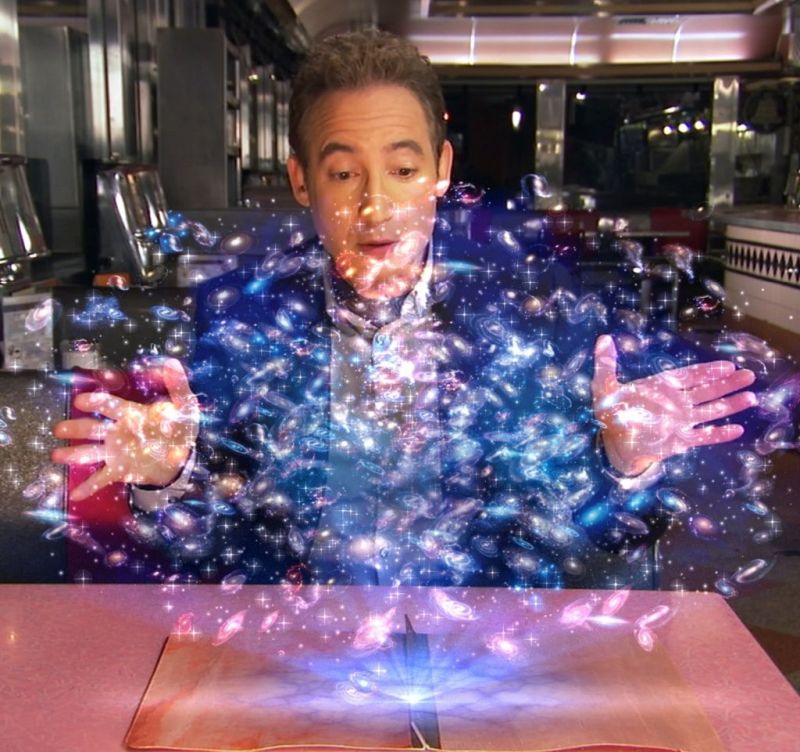
Part V: Reality and Imagination
The final segment illustrates experiments with space and time. Greene suggests that time travel is possible provided one moves to the event horizon or at the edge of a black hole.
Black holes are collapsed stars. Gravity, there is so massive that it pulls the objects towards itself, not even light can escape through it. Spinning black holes can drag space along with it like a piece of cloth.
Teleportation through space and time in theory seems possible. Particles of an object at one place disintegrate only to materialize its atoms and molecules with the blueprint for putting them back together in some different location. For science fiction, it is quiet a doable thing, we have witnessed it many times. However, our observable reality has an altogether different take on it.
Takeaway
The Fabric of the Cosmos is one of the best books for those who want to explore cosmology and quantum mechanics. Dr. Green can make any body fall in love with Theoretical Physics without the need to understand the mathematics behind it. This book is a keeper and needs to be visited again. Highly recommended.


